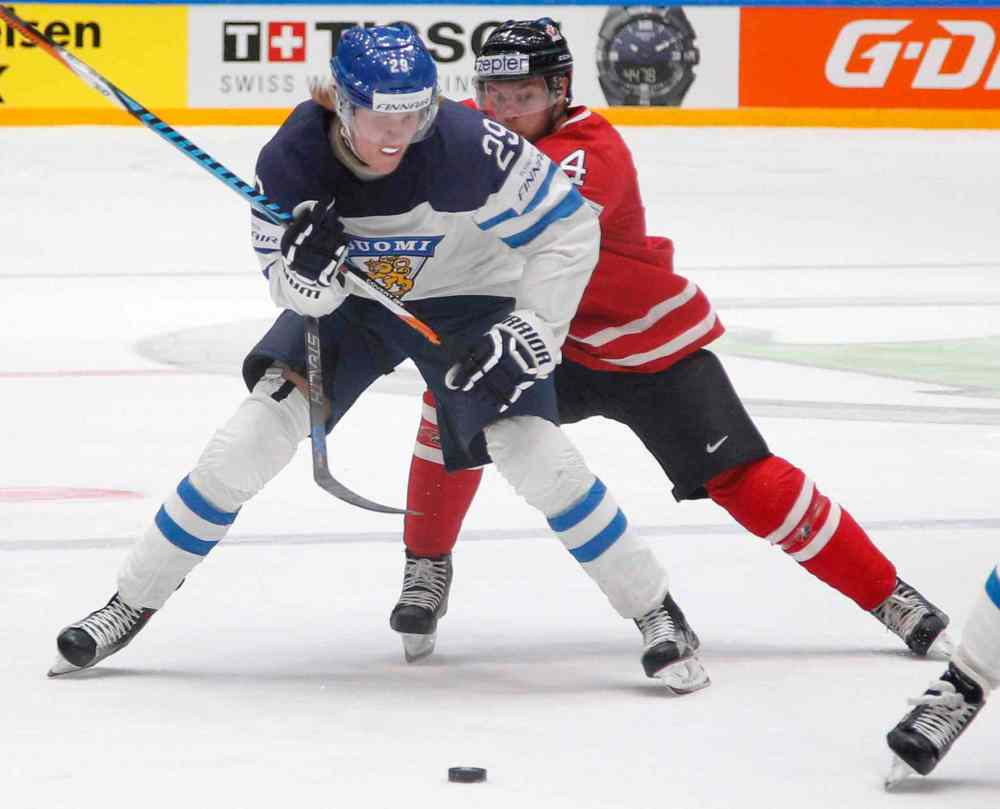Flash forward
Finnish phenom Patrik Laine is the ultra-skilled, ultra-confident flag-bearer for the nation's all-new hockey philosophy
Advertisement
Read this article for free:
or
Already have an account? Log in here »
To continue reading, please subscribe:
Monthly Digital Subscription
$19 $0 for the first 4 weeks*
- Enjoy unlimited reading on winnipegfreepress.com
- Read the E-Edition, our digital replica newspaper
- Access News Break, our award-winning app
- Play interactive puzzles
*No charge for 4 weeks then billed as $19 every four weeks (new subscribers and qualified returning subscribers only). Cancel anytime.
Read unlimited articles for free today:
or
Already have an account? Log in here »
Hey there, time traveller!
This article was published 23/06/2016 (2887 days ago), so information in it may no longer be current.
BUFFALO, N.Y. — Winnipeggers should try to forget what they know — or think they know — about Finnish hockey players.
What? Forget about Teemu Selanne?
That would be impossible. It would be madness. It would be sacrilege.
Selanne, this city’s beloved Finnish Flash, was an extraordinary young man possessed with flash and dash and an engaging personality that elevated him to near-sainthood in these parts. But he was an outlier.
His homeland has produced a long list of fine players over the years who distinguished themselves with skill, determination… and the familiar Finnish reserve. None of them checked all the boxes Selanne did.
Until now.

The 2016 NHL Draft’s first round Friday in Buffalo, was a day for celebration in the Nordic nation, not just because three of the top five picks included new Winnipeg Jet Patrik Laine, Jesse Puljujarvi (Edmonton Oilers), and defenceman Olli Julolevi (Vancouver Canucks), but because the three players are modifying the brand.
Neither Laine or Puljujarvi is a Selanne clone, but they are rock stars in Finland, a new phenomenon in this generation of players.
This new wave of attention and adulation crystalized during last winter’s World Junior Championship, held in Finland and won by the home team, which was stocked with some remarkable young men.
Vesa Rantanen, veteran sports journalist, former sports editor and now columnist, analyst and manager of hockey content at Helsinki-based Ilta Sanomat and its parent company, picks up the story:
“The tournament had a lot of attention, including people who don’t normally watch hockey,” Rantanen said. “Mainly because of how the young players held themselves. People who don’t usually closely follow sports wondered, ‘Holy crow! Who are these guys? They’re so open and they seem to be so confident.’
“Their mentality was so different… having the confidence to act like people from bigger countries.”
The difference is clearly an attraction in some circles.
“We really haven’t seen around sports, that young female fans are at the rinks,” he said. “And after the World Junior, when the playoffs started here, there were stories about it, that there were hundreds of teenage girls outside the rinks waiting to get an autograph from Laine or Puljujarvi or (Sebastien) Aho (recently signed by Carolina).
“I’ve been around, seen Teemu Selanne in the ’90s and around him there was a similar type of rock-star thing going on but between him and maybe Saku Koivu, we haven’t seen anything like that.”
And it has made a difference at the box office, as well.
“It has also brought the Finnish league’s attendance up. The managers have noticed it, that we have younger female fans in the stands all of a sudden, not just the 35-plus men’s game anymore. And these three guys have made it happen.”
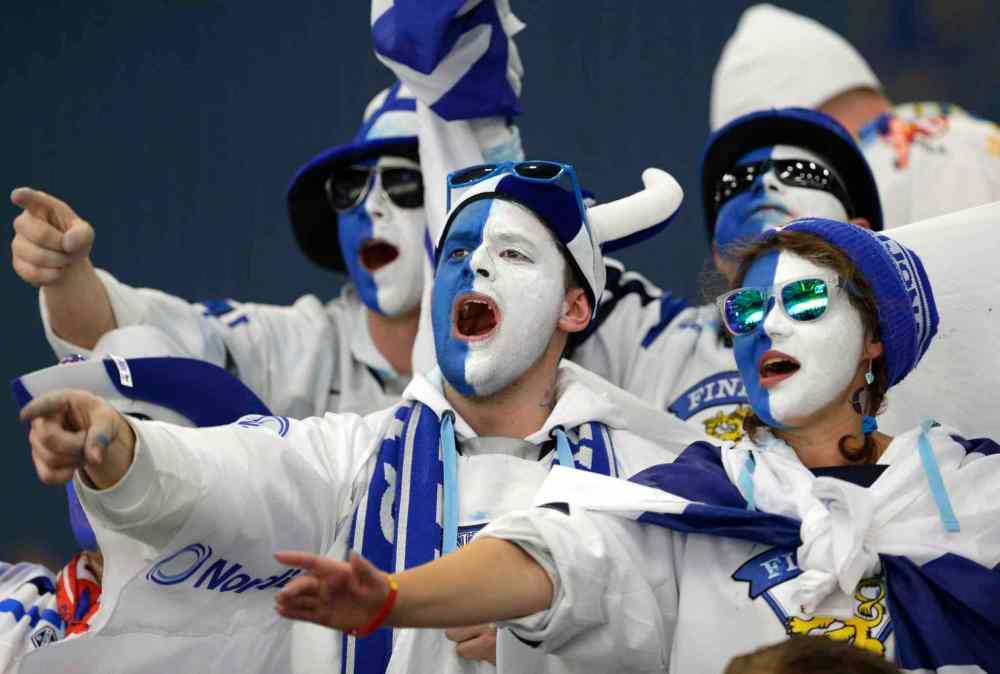
Ilta Sanomat and other media have seen a remarkable jump in online traffic when their content features the young players, Rantanen said.
“I’ve watched the analytics on our stories,” he said. “Every time you put either Puljujarvi or Laine in a headline, or even Aho…you get the readership. Clicks go boom, up.”
Between the 2015 and 2016 World Championships, Rantanen estimated that there were about 37 million clicks on stories about the Finnish national team on Ilta Sanomat websites.
“In a country of five million, I’m just estimating, but I would say at least one-third of all those clicks were gained from those three players and only within five or six months. That’s how popular they are. They’re bigger than Teemu Selanne. The world was different then. There was no Twitter, Instagram or Facebook. Information wasn’t spread as fast,” he said.
“So when Laine posts a picture of himself on Instagram, it’s news in Finland. Every news outlet goes to his site and takes the picture and makes a headline that he posted a new picture, a new haircut or that he got a driver’s licence or his new car. Stuff like that.”
Teppo Numminen, one of the smartest and most instinctual Finnish defencemen ever, was a teammate of Selanne’s with the Winnipeg Jets, so he’s got first-hand experience on the comparison. Numminen just moved his family back to Finland and he said there’s no escaping the buzz around these young players, Laine in particular.
“Our home team (Tampere-based Tappara) won the championship and he was the best player in the final,” Numminen said. “It’s an amazing story for both those players, Puljujarvi, too, but especially Laine. And there’s big hype and following for them. And it was the same in the World Championship. Laine played really well and there is big hype on him.
“One article here said there hasn’t been hype like that since Selanne left. I would say since Selanne left, there hasn’t been any movement or following like Laine has right now. I think with these two and the way their season went, it was perfect timing. The games of the World Junior were in Finland and they were the big stars who carried the team. That’s a perfect fit and it got the big hype going. And no, there’s been nothing like that recently.”
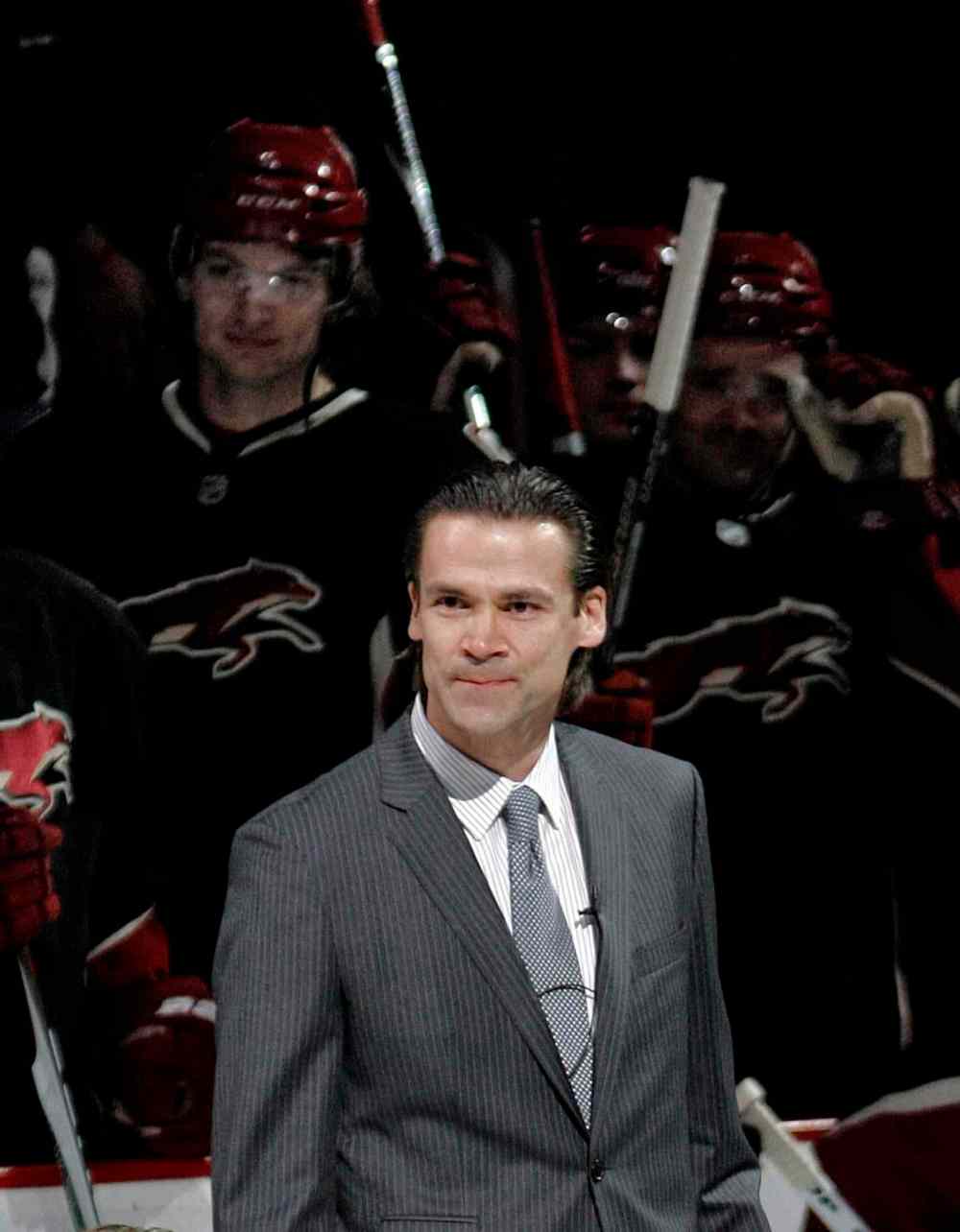
But there has to be more behind this popularity explosion beyond these three guys on one team in 2016, doesn’t there?
Indeed. It goes back to an important change in the Finnish hockey philosophy five or six years ago.
“They’ve always had a real purposeful, play-together, dig-in-and-compete model of play for their national teams,” said TSN director of scouting Craig Button, the former Calgary Flames GM. “They’ve made an exceptional turn here in developing skill.
“And this isn’t the end, it’s a beginning. Next year, they have two more players, maybe three, that could be in the top-10 picks.
“One thing they’ve made a real conscious effort to do is develop the bigger players. At a younger age, the smaller players are a little more co-ordinated and they were losing some of their bigger players. So they said, ‘We have to be patient, allow them to grow,’ and they did that on a national basis and now we’re seeing the Puljujarvis and Laines coming from that.
“And I can tell you I was at the Under-17 two years ago and I was gobsmacked by how big and skilled their entire team was.”
Rantanen has witnessed the transformation.
Finns used to produce lots of good skaters, good skill players who weren’t that big,” he said. “It used to be quickness, skills and skating ability but there has been a drastic change in the talent (coaches) appreciate when a player is 14 or 15… the message was, ‘don’t overlook guys who are bigger and not as mobile… have them in your system and drag them along no matter what because at some point they will become good players when they’ll get their legs and hands together.’
Selanne told the Free Press he has met Laine and sees a potential Finish Flash 2.0.
“I met him a few times when I was the ambassador for the (World Junior) team last Christmas,” Selanne said from Finland, where he’s involved with a summer hockey school. “I watched him in the tournament and watched some league games he’s played. I’m very impressed how ready he is already. His size and how smart he is with puck… and that shot is something else.
“It’s fun to watch when young guys are so ready so early. When I was 18 I don’t think I was quite that ready.”

Selanne said he’s all-in for his country’s recent shift to focus on skill and giving bigger players a chance.
“In the early 2000’s we were creating more team players and the main focus was about team,” he said. “That was totally the wrong direction. We worried about that back then. Individual skills were not at the level they should be. Sweden started that earlier and I think we got that idea we were going wrong direction.”
Rantanen calls it a climate change in hockey that happened quickly because of Finland’s relatively small size.
“The system here is, in a way, very isolated,” he said. “Knowledge travels fast through teams. The national teams have strong input in what kind of hockey junior teams are playing.”
So the idea of “dragging along” bigger, unco-ordinated kids is clearly a worthy one, but how does that happen at ice level?
Rantanen said it’s important to understand how Finns became so proficient in the team game that it became the national brand. And how directives and style from national-team headquarters can be spread quickly through channels because coaches don’t have to travel huge distances in order to sit down together, something that happens frequently.
“Tactically, we are highly advanced,” Rantanen said. “People in Finland say we are the best in the world when it comes to that. Maybe a little too much emphasis was put on that, teaching the team game… It’s a together game and the way we can challenge bigger countries like Canada and Russia. So our system produced a lot of players who knew how to play the system but didn’t really know how to play the game.
“So along with the climate change about bigger players, the emphasis was also put very much to how to teach individuals to play, to understand the game and hone individual skills. So our approach went from team-oriented systems to individual-oriented.”
Rantanen acknowledges that because top players are drawn to both the NHL and KHL, the 15-team Finnish league is not as talent-laden as it once was. But make no mistake, he said, the kind of seasons that Laine and Puljujarvi just had playing against men “is not easy when you’re 18.”
The longtime writer points to another factor in the transformation.
“What has changed within the mentality of the Finnish hockey player? The Finnish hockey history probably has more of last-second losses than wins,” he said. “There’s an ongoing conversation that, ‘What is it about us that we can’t win (the big game)? Don’t we have courage? Are we afraid to win?’ The Swedes, they win. Canadians always win. Russians even win. But we’re like the top hockey kid of our class in every tournament but when it comes to the final exam, we soil our pants.
“There’s a solid theory about countries who have gone through the war, that it traumatizes three generations. It was on our soil. The first generation who goes to war are traumatized, their kids also, and their kids. So kids now 18, they are the first generation which is war-trauma free. So they have way better self-confidence as individuals and as a generation.”
The results – Finland’s World Junior and Under-18 crowns, and coming within a whisker of winning the Men’s World Championship against Canada last month – support this line of thinking.
“They are… the first generation that doesn’t think Canadians are better, that there’s no chance we can beat them. They think we can win. And when Finland won the (World Junior) last winter, there was a great example of that with the new generation, one my generation would never had dared to say.”
Rantanen told the story of Finnish junior Kasper Bjorkqvist, who did a TV interview before overtime in the gold-medal game, which the Russians tied in the dying seconds of the third period.

“Any Finnish player from before generations would have been dead sorry, that, ‘Oh s–t, we lost the gold, they tied the game, now it’s overtime and I don’t know what’s going to happen. It’s bad.’
“This guy… he comes to the camera, there’s two million people watching and he’s laughing and smiling and rolling his head around to the crowd and he said it can’t get any better than this, that we’re the way faster team and we’re not going to lose to the Russians and we’re going to score the next goal, no worries.
“Twenty years ago, a Finnish hockey player who would say something like that would have been killed for it. Too overconfident. You just can’t dare, you don’t jinx it and say things like that. He was calm, not cocky, just said how he felt. And two minutes later, Kasperi Kapanen scored the game winner.
“Players used to play not to lose. This generation plays only to win. They don’t even think losing is an option. And Puljujarvi and Laine both have won everything, they’re those type of players.”
Selanne is well aware of the shift in thinking.
“Oh, it’s not only hockey players,” he said. “It’s all about the new generation. When I was young, maybe even 10 years ago, if you’re happy you don’t show it. Finnish people can be so jealous. If somebody’s doing well, they almost feel it’s wrong.
“There’s a joke I know that goes like this: Your neighbour gets a new car. The Russian guy in neighbourhood thinks that maybe they got it because they know some mafia people. The American guy in the neighbourhood says, ‘Wow, my neighbour has a great car, I hope I’ll have one too.’ The Finnish guy hopes it will break. That’s the old generation — if you’re happy don’t show it.
“…The whole country’s attitude, its self-confidence, is different. These young players, they have so much confidence they will win and there’s no other option. It sounds like cockiness, but it’s a good cockiness because they believe.”
The last word goes to someone who recently skated against Laine.
Jets centre Mark Scheifele played for Team Canada at the World Championship and faced his soon-to-be-teammate and came away impressed.
“He’s a good player,” Scheifele said. “He still definitely has some things to work on. He’s super young, which is really encouraging. He’s got an unbelievable shot. He sees the ice well, which I think a lot of people might not see. He has a knack for scoring and he’s a big body, and that’s always a positive. He’s only 18 and he’s that big and can skate that well already, so the sky’s the limit for that guy.”
What you need to know is that Scheifele admitted Team Canada made Laine the target of their excessive on-ice chirping.
“Well, he’s a good player,” Scheifele explained. “In the NHL, the good players get a little extra treatment. We were making it like any other game in the NHL, that you have to give him some extra treatment to get him off his game.”
That’s right, Team Canada felt the need to harangue an 18-year-old who’s coming to an NHL rink near you.
An 18-year-old who isn’t likely to take a back seat to anybody.
tim.campbell@freepress.mb.ca
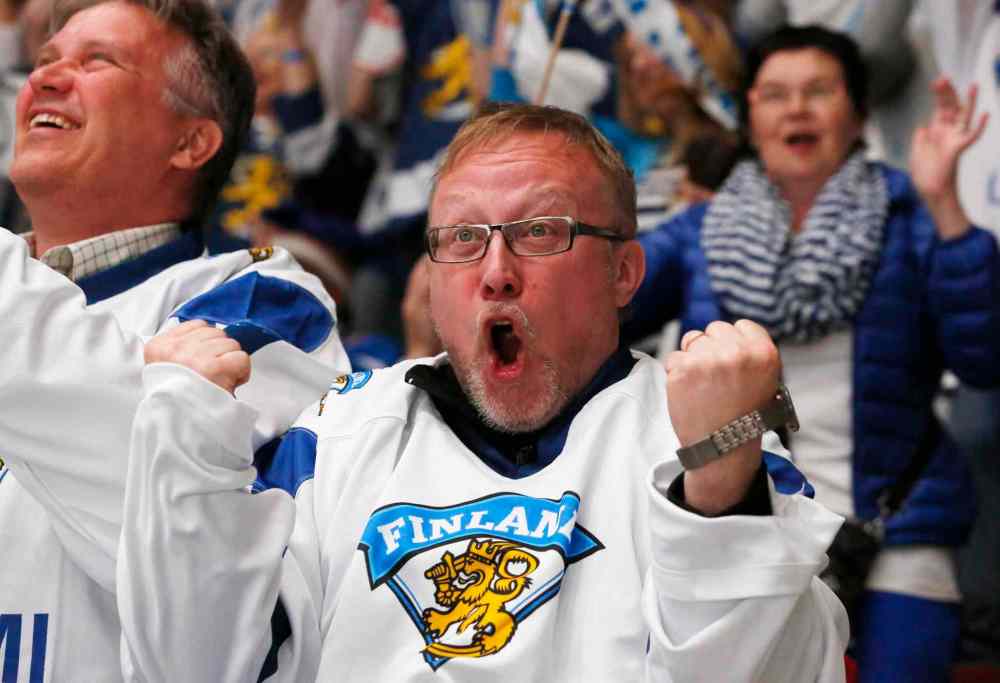
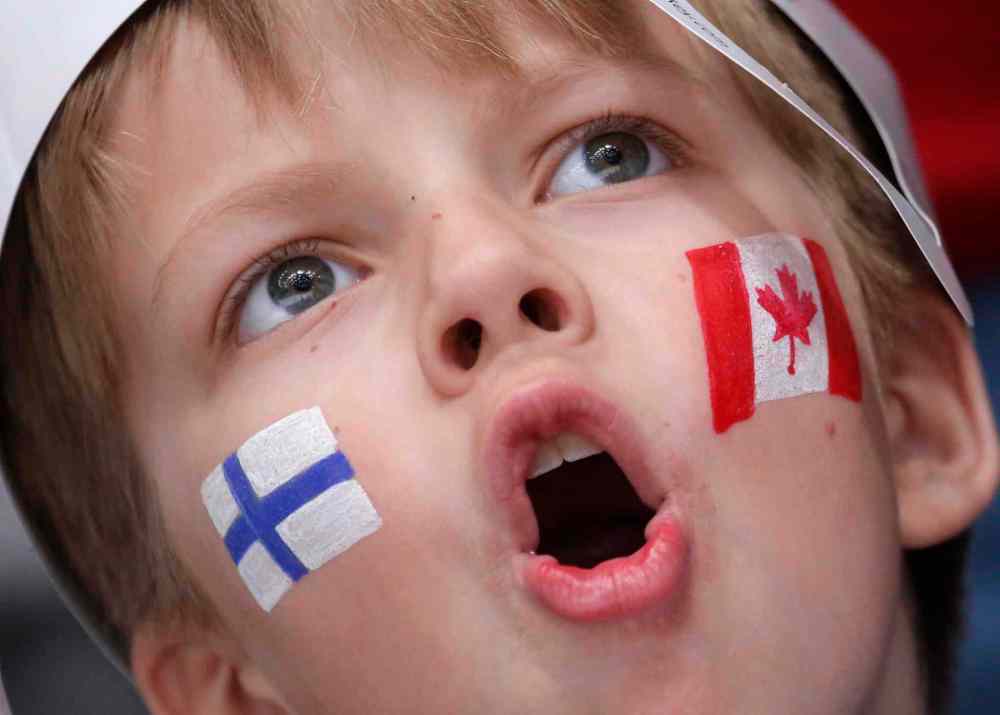
History
Updated on Friday, June 24, 2016 8:33 PM CDT: Edits graf beginning 'The 2016 NHL Draft's...'


